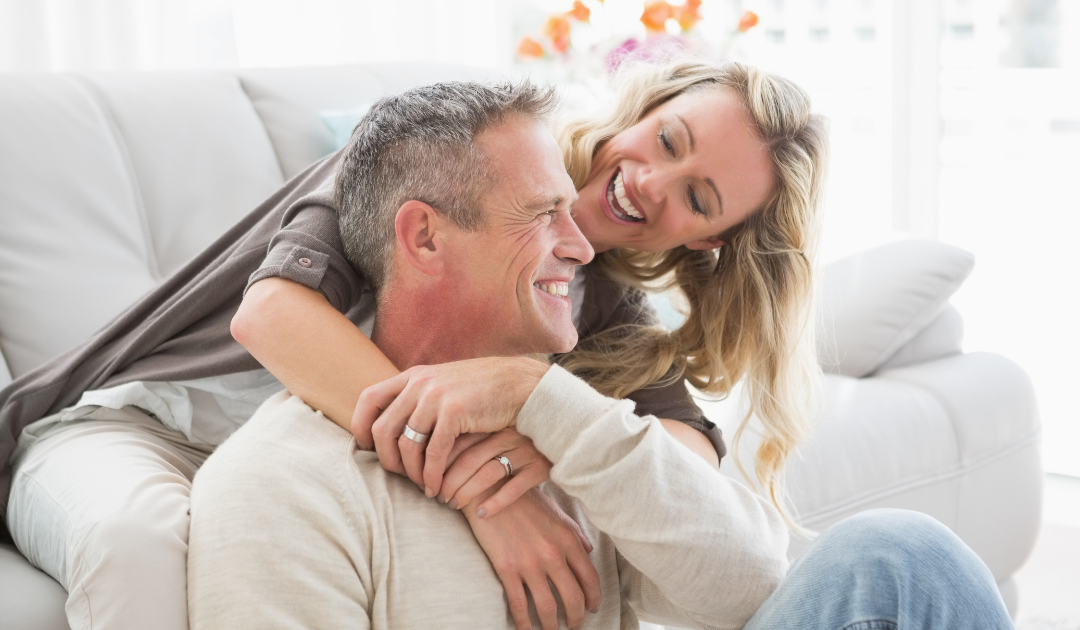Where on the timeline of growing up do body image and aging become a focus? As an adult reading this, you’re probably hard-pressed to remember when you weren’t bemoaning unwanted pounds. And the aches and pains of age too. But, it wasn’t always that way.
Babies are enthralled with their bodies. Oh my goodness! This moves, that bends, these wiggle, that makes a giggle. The reaching, grabbing, chewing, kicking, and constant engagement with the world and everything in it. It’s all a big love fest!
And the attitude young children have toward aging? Even though they may not know the first thing about math, but they somehow understand fractions. Five-year-old Jenna isn’t just “5,” she’s “5-½,” And six-year-old Billy is “6-¾.”
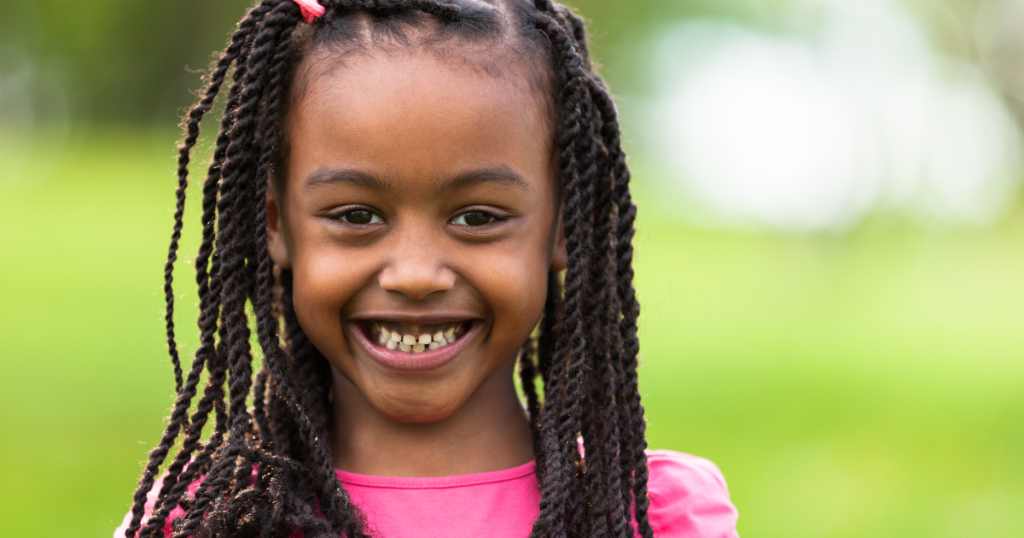
They can’t wait to be bigger and older – like the people begging them not to be in such a rush.
We know that as children age, their overall awareness of ‘self’ and ‘other’ increases.
And so does their awareness of and relationship with their own bodies.
Developing Body Image
Body image develops over time and is based on messages we take in from culture, family, peers, and our own life histories. At each age, we have more information due to what we’ve learned over time.
In Western culture, body image concerns tend to be about size and shape. In other cultures, body image concerns are more likely due to features such as skin tone, hair texture, or size and shape of facial features,
For the most part, body image and aging don’t present as concerning issues in early childhood. That’s because the effects of cultural messages have not yet had their impact. (Although the incidence and prevalence of eating disorders in children have increased in recent decades,)
Generally, once we reach our 40’s, many of us are far less proud of our age than we were as youngsters. And we’re more self-conscious of our bodies, too.
Attitudes about Aging
Once a person reaches a certain age in our culture, aging is no longer embraced as it was in early childhood.
So a 47-year-old is “25 again.” (And may also add some pejorative reference to his body, such as “too bad my body doesn’t look 25 again. Just call me Mr. Dad Bod.”)
It certainly makes sense that our appearance and our relationship with our bodies change as we age. Cars, appliances, houses, and buildings change in appearance as they age, too.
Our feelings and evaluation of them also change. We may, for instance, feel nostalgic and value them more. Or we may want to (or try to) replace the old structures with updated versions. You know, something newer, shinier, more desirable.
In some cases, antiques are treasured. Just think about Grandpa’s set of wheels, for example.

There are many jokes about aging.
Usually they’re unkind, poking fun at the effects of time on the body and mind. Other jokes are stigmatizing to bodies, often having to do with size and shape.


Jokes often capitalize on the first signs of aging. These changes usually involve the musculoskeletal system. The eyes, followed by the ears, begin to change early in mid-life.
Inevitable changes from aging are often considered forms of loss, deficiencies, or failures. They’re rarely viewed in a positive or even neutral light.
Challenging ageist attitudes and stereotypes is difficult.
Negativity toward aging is all but ingrained in us. By the time people reach old age, they’ve already had a lot of practice thinking negatively about their own and others’ ages.
In fact, many societies are not kind about aging or about bodies. Modern media promotes an obsession with youth and attractiveness that makes body image and aging unnecessarily difficult.
But we could think of aging as an opportunity for personal growth, improved relationships with our bodies, and a time to deepen connections with others. It could also be a time to reflect and experience new depths of meaning in life.
Instead, filtered images and the glories of youth bombard us. Products, procedures, potions, and gizmos designed to “stall” aging are everywhere. Even on social media.
The result?
Constant comparisons and self-criticism.
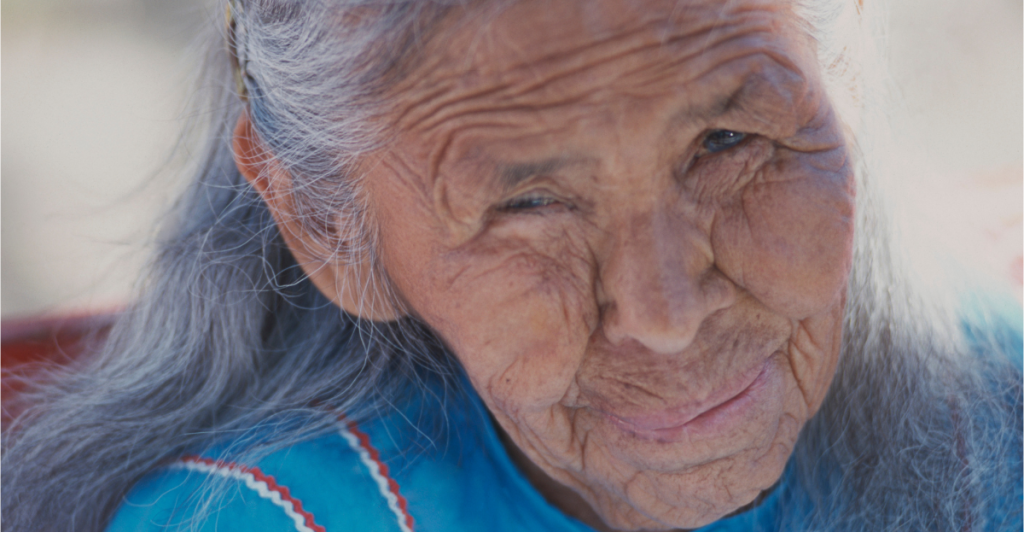
Actual Effects of Aging On Body Image
Within Western societies, having a youthful body and appearance is considered a superior way to exist. People who are (or appear) young, fit, and attractive are perceived as having self-control and moral superiority.
As in anything else indicates “laziness” and is deemed inferior.
In our youth-obsessed, media-saturated culture, looking “good” means looking “young.” Logic and experience would therefore suggest that body dissatisfaction would increase with aging.
But this is not the case.
Research shows that, in general, female body dissatisfaction tends to stay much the same – or even decline a bit – over a lifetime.

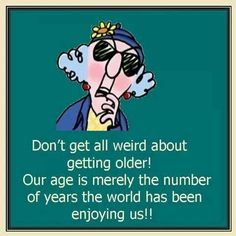
Older women often have higher levels of body appreciation than younger women.
They tend to accept and respect their bodies more. We women can more easily reject the “thin ideal” promoted by the media.
Older women also tend to appreciate their bodies’ functions — for example, the ability to hammer a nail or lift a bucket.
More than any other measure of body image, body appreciation is correlated with feelings of well-being.
And a sense of well-being bodes well for body image and aging.

10 Ways To Improve the Effects of Aging on Body Image
Here are some tips to promote body satisfaction as you age:
- Cultivate self-compassion.
Aging is universal. Body changes are natural. So be kind to yourself.
Instead of self-criticizing, treat yourself with the same understanding you’d offer to a friend facing similar changes. (This is called self-compassion.) Doing so can be a powerful antidote to any negative effects of aging on body image.
By cultivating self-compassion, you’re more likely to appreciate the uniqueness of aging bodies and recognize the shared humanity of aging.
Self-compassion means you treat your body with care. You engage in activities that nourish and strengthen rather than punish or belittle. - Reframe your perspective.
Instead of focusing on what your body used to look like and be like, shift your focus to what it is now. Think about what experiences your body enables you to have.
Celebrate the wisdom and memories that have accumulated over the years as well as those present in the here and now.
Aging is a testament to growth and evolution. Embracing change leads to new opportunities for personal development and fosters deeper connections with yourself and others.
When viewed with positivity and appreciation, aging can be a gateway to self-discovery and fulfillment. - Practice mindfulness.
Engaging in mindfulness techniques will help you stay present and accept your body as it is.
Exploring mindfulness can help you become more attuned to your body’s needs. And it can help you appreciate the present moment without dwelling on the past or worrying about the future. - Set realistic expectations.
Understand that your body will naturally change with age, and it is essential to set realistic expectations.
Definitely avoid comparing yourself to unrealistic beauty standards or your younger self.
Instead, embrace the uniqueness of your current stage in life. - Stay active and nourish your body.
Regular physical activity can help you maintain flexibility, strength, and overall well-being.
Find activities that you enjoy, whether it’s walking, yoga, swimming, or dancing. And nourish your body to support its changing needs. - Seek support and connection.
Share your feelings and experiences with trusted friends or family members. Consider joining community groups or organizations that focus on embracing aging and provide a supportive space for discussions. - Focus on inner beauty.
Qualities such as kindness, empathy, and gratitude are important.
Moreover, inner beauty radiates and can be a source of strength and confidence as you navigate body changes. - Adapt your style.
Embrace your evolving sense of style to reflect the changes you are going through. For example, find clothing that makes you feel comfortable and confident and expresses your authentic self. - Practice positive affirmations.
Remind yourself of your worth and value beyond physical appearance. Write down positive affirmations and recite them daily to reinforce a positive self-image. - Seek professional help if needed.
If body image concerns significantly impact your emotional well-being, consider seeking support from a therapist or counselor who specializes in body image issues and aging.

Cultural Beliefs about Body Image and Aging
In some cultures, aging is celebrated.
Culture influences attitudes towards body image and aging.
Not all cultures perceive aging as a problem. Some actually view it as a gift, a benefit to be cherished and honored.
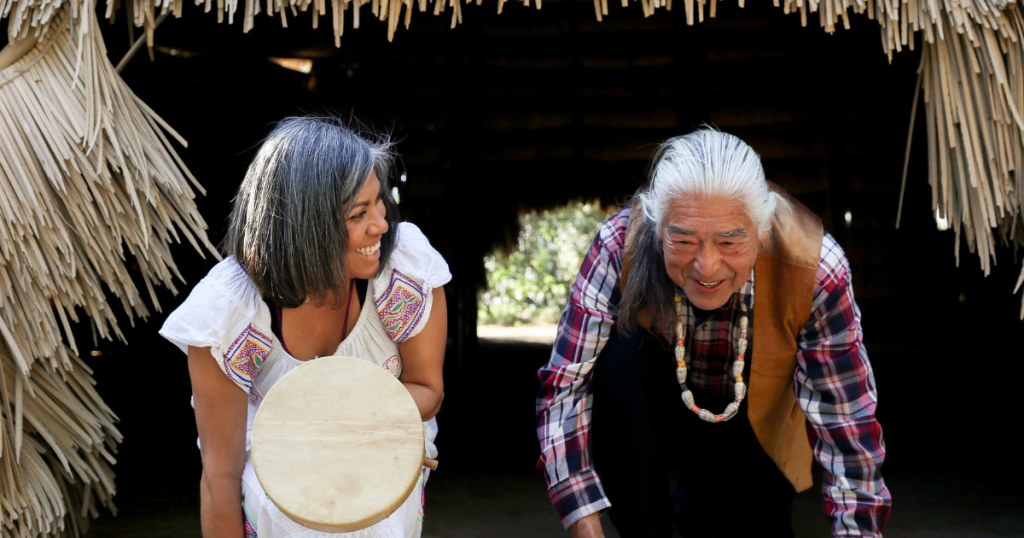
Embracing the wisdom, respect, and beauty that come with age, as celebrated in many cultures, can help redefine aging.
And a new perspective on aging can promote a more positive body image across the globe.

Let’s challenge societal pressures and celebrate the beauty that comes with every stage of life!
